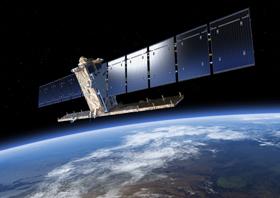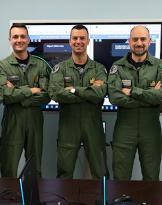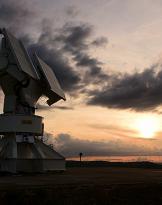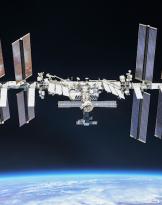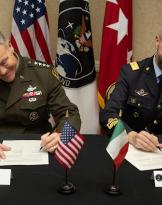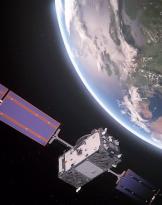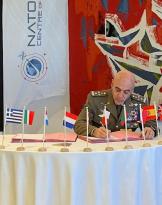In particular, in the early hours of Sunday morning 6 April (at 5: 53 now Italian) the first data on board and navigation telemetry were received in X-band. The Matera Space Center of e-GEOS is one of the 3 ground stations of the Core Ground Segment built under the guidance of ESA for the European environmental monitoring program Copernicus. Matera was chosen as the first station to be involved in the delicate phase of LEOP and Commissioning of the mission, which began immediately after the launch of Sentinel-1A. During the program's routine phases, the center will also acquire data from the Sentinel-2A mission, and perform Near Real Time processing of products from both missions. "To this result we have arrived with a great team work: in Matera in the last days and nights in fact have worked really wonderful people of e-GEOS, ESA and the industrial team that with the participation of Telespazio has realized the Ground Segment of Sentinel-1A ", said Mario Fonti, head of the Matera Space Center. The data coming from Sentinel missions, and in particular those in Near Real Time, will be useful in many application sectors and for activities such as the European Commission's Copernicus Emergency Response service, for the supply of maps in case of natural disasters to the Civil Protections of Member States, and for the EMSA CleanSeaNet service for maritime surveillance. Sentinel-1A, created by Thales Alenia Space, is a polar satellite in polar orbit that will be able to operate day and night in all weather conditions, and provide services for environmental monitoring on land and sea.
Source: e-GEOS

